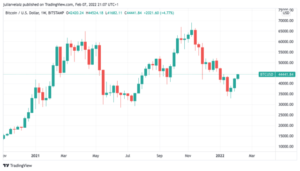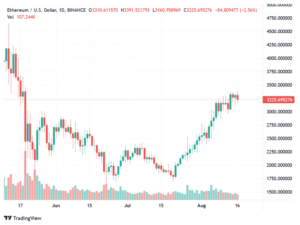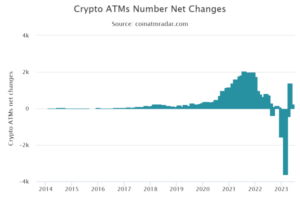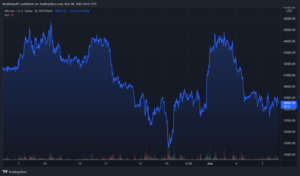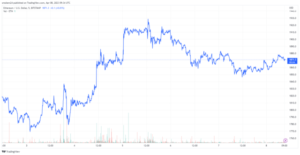Rumors of possible tapering by the U.S. Federal Reserve slowed down Ethereum and its quick move into previous highs. The second cryptocurrency by market cap trades at $3,113 with a 3.7% loss in the daily chart.

The crypto market seems equally uncertain on its course for the short term, like Bitcoin and most cryptocurrencies in the top 10 trend to the downside.
A report by CryptoQuant claims that Ethereum and its fundamentals hint at more appreciation in the long run. After the implementation of hard fork London, and EIP-1559, the network operates under a new fee market.
Thus, every on-chain transaction burns a portion of ETH’s supply to validate it on the blockchain. This mechanism has effectively made ETH a deflationary asset with constant pressure on its supply.
Therefore, there is always less Ethereum on the market, less ETH available on exchange platforms, less selling pressure, and more potential to the upside.
In addition, as CryptoQuant claimed, the Ethereum ecosystem is undertaking a migration process from its first iteration to ETH2.0, based on a Proof-of-Stake (PoS) consensus algorithm.
The first stage of this migration, launching the PoS blockchain called “Beacon Chain”, was completed. Later, a “deposit contract” was enabled for investors to lock their ETH and receive staking rewards after a time period.
This entity recently became the largest ETH holder with a 7,153,218 Ether or $22,394,078,867.56 locked. Additional data provided by monitor Eth2 Rewards Bot indicates that the reward rate for the stake funds is 5.78% with 217,726.
—Current Network—
🤑 Reward rate: 5.78%
👨🌾 Participation rate: 96.99%
💻 Active validators: 217,726—Queue—
⏰ Wait time: 5 days, 17 hours
💻 Validators: 5,134
📉 Rewards impact: -0.10%—Projected Annual Returns—
Ξ 1.85 ($5,976.46)— Eth2 Rewards Bot (@Eth2Bot) August 26, 2021
Ethereum Bound For A Supply Shock? Deflationary Factors Support The Bulls
In that way, investors have a lot of incentives to send Ethereum (ETH) to the deposit contract and keep it there to receive the staking reward. In addition to EIP-1559 and the ETH burn, this creates another deflationary factor for the token, CryptoQuant claimed:
the more ETH gets burned, the more likely we see a potential deflationary supply curve. Relevant data looks nice. More than 7 million ETH are locked in Staking already, exchange reserves dropped strongly, and we see continued deposits even while Ethereum showed a strong signal of recovery from the lows during May and July 2021.
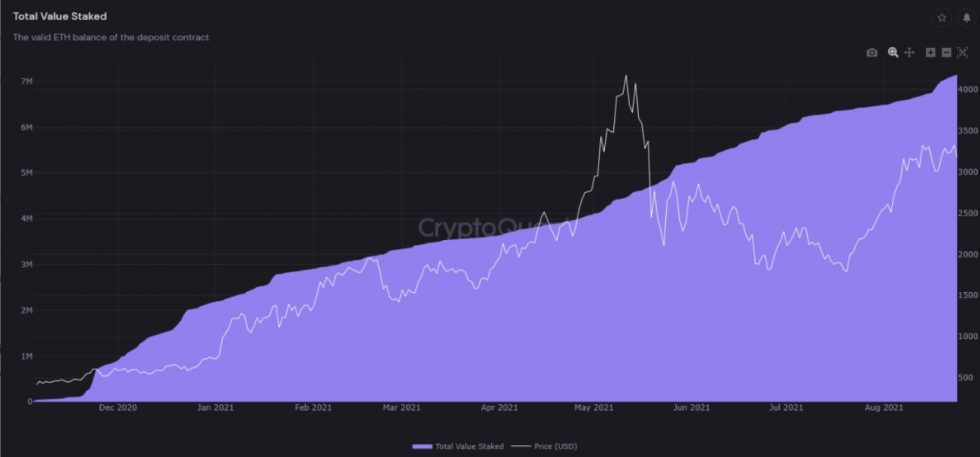
All these variables support a bullish thesis. There seems to be a direct correlation between the amount of ETH staked and the underlying’s asset price.
During June, July, and August, there were 4 spikes in the amount of ETH stake on the deposit contract. Shortly after these events, Ethereum went on a rally. The last large inflow on this metric is yet to be reflected on ETH’s price, as seen in the chart below.
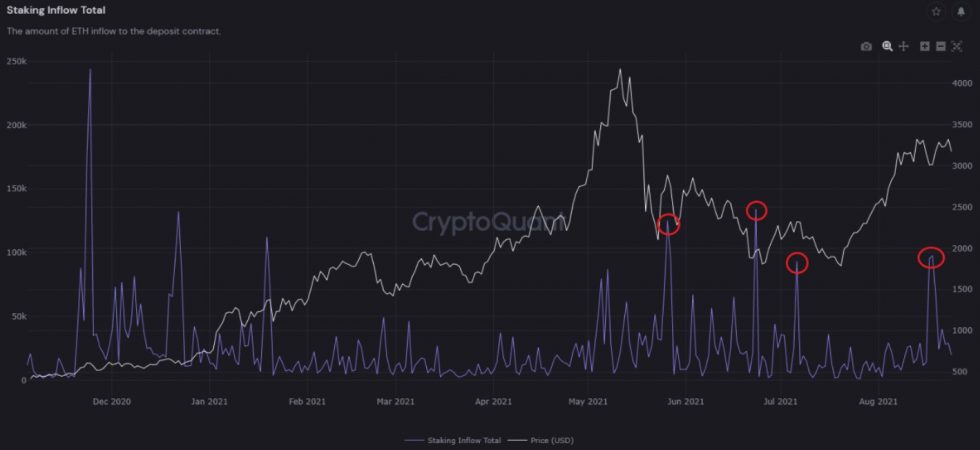
Furthermore, as more ETH is burned and investors look for staking rewards, the amount of Ethereum on exchanges is on a yearly low. Thus, this asset could be amongst the scarcest in the crypto market. The potential for another leg beyond previous ATHs seems likely.
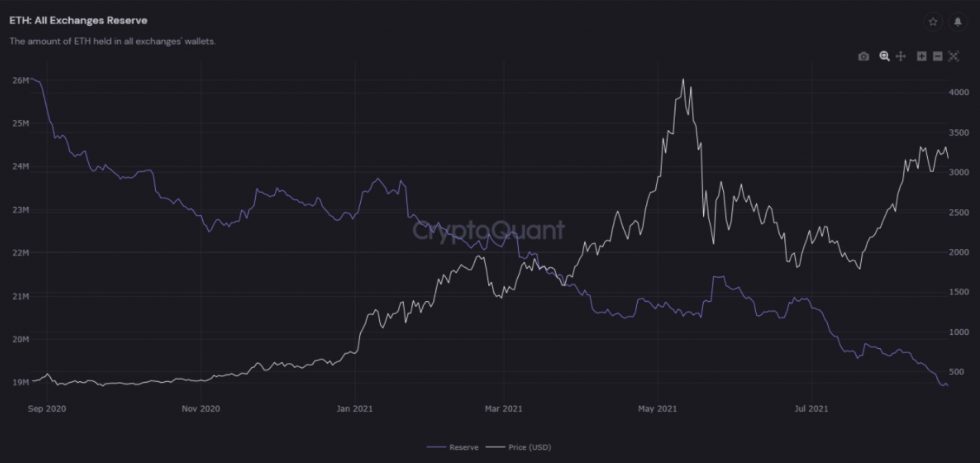
- 11
- 2021
- 7
- active
- Additional
- asset
- AUGUST
- Bitcoin
- blockchain
- Bot
- Bullish
- claims
- Consensus
- contract
- crypto
- Crypto Market
- cryptocurrencies
- cryptocurrency
- curve
- data
- dropped
- ecosystem
- ETH
- Eth 2.0
- ETH2
- Ether
- ethereum
- ethereum (ETH)
- ETHUSD
- events
- exchange
- Exchanges
- Federal
- federal reserve
- First
- follow
- For Investors
- fork
- Fundamentals
- funds
- hard fork
- HTTPS
- Impact
- Investors
- IT
- July
- large
- London
- Long
- Market
- Market Cap
- million
- move
- network
- Platforms
- PoS
- pressure
- price
- Proof-of-Stake
- proof-of-stake (PoS)
- rally
- recovery
- Rewards
- Run
- Short
- small
- Stage
- stake
- Staked
- Staking
- supply
- support
- time
- token
- top
- trades
- transaction
- wait

